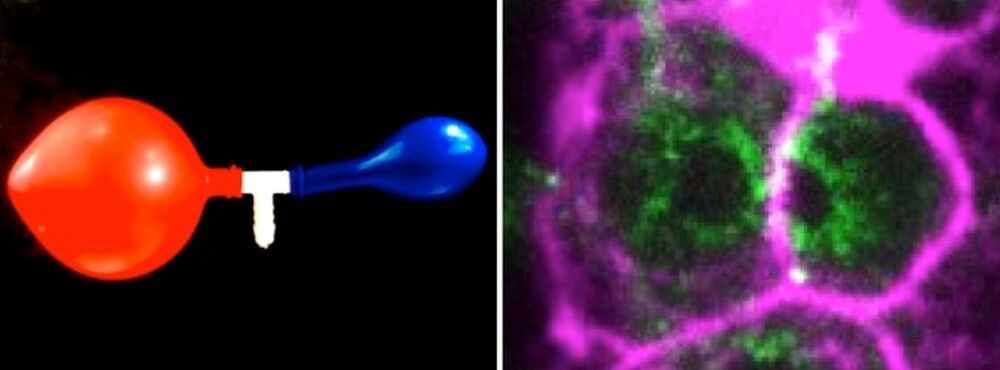Jun 1, 2021
Supercomputing Tapped to Study Exotic Matter in Stars
Posted by Genevieve Klien in categories: cosmology, particle physics, supercomputing
A team at Stony Brook University used ORNL’s Summit supercomputer to model x-ray burst flames spreading across the surface of dense neutron stars.
At the heart of some of the smallest and densest stars in the universe lies nuclear matter that might exist in never-before-observed exotic phases. Neutron stars, which form when the cores of massive stars collapse in a luminous supernova explosion, are thought to contain matter at energies greater than what can be achieved in particle accelerator experiments, such as the ones at the Large Hadron Collider and the Relativistic Heavy Ion Collider.
Although scientists cannot recreate these extreme conditions on Earth, they can use neutron stars as ready-made laboratories to better understand exotic matter. Simulating neutron stars, many of which are only 12.5 miles in diameter but boast around 1.4 to 2 times the mass of our sun, can provide insight into the matter that might exist in their interiors and give clues as to how it behaves at such densities.


















